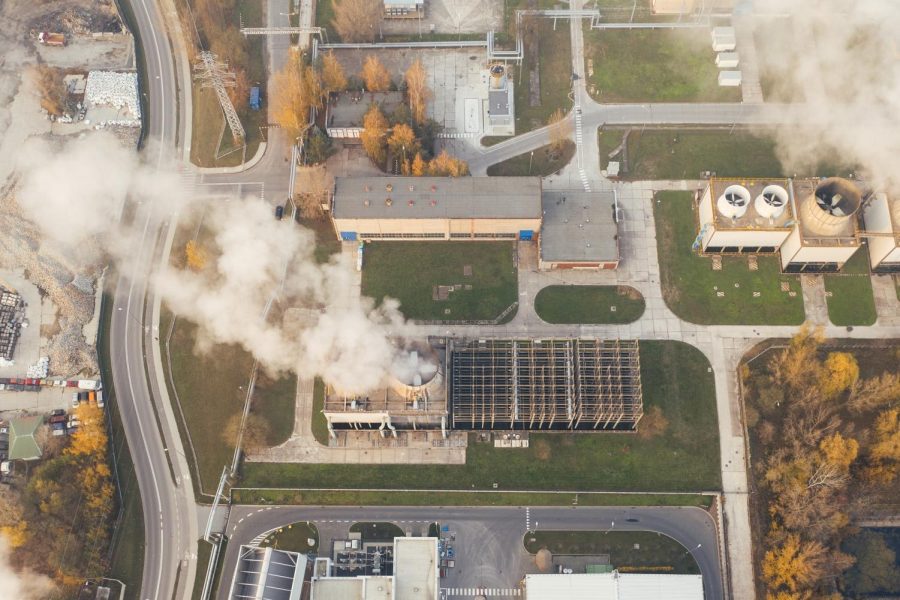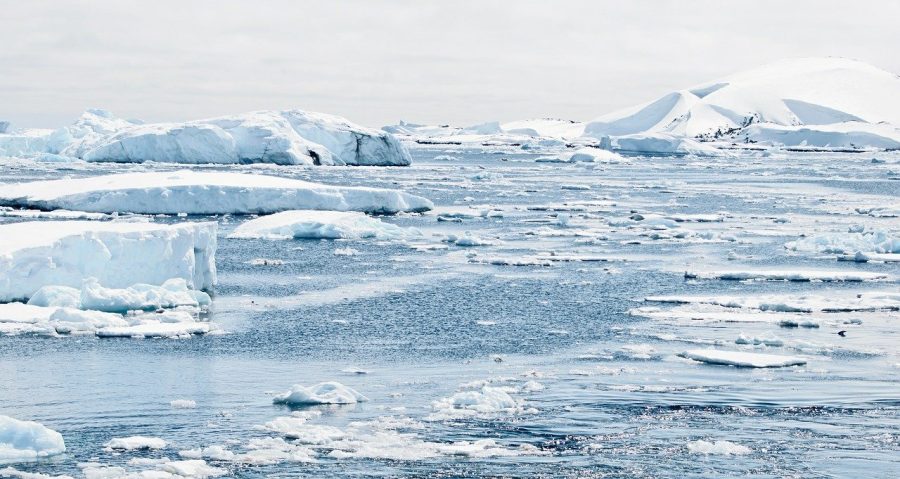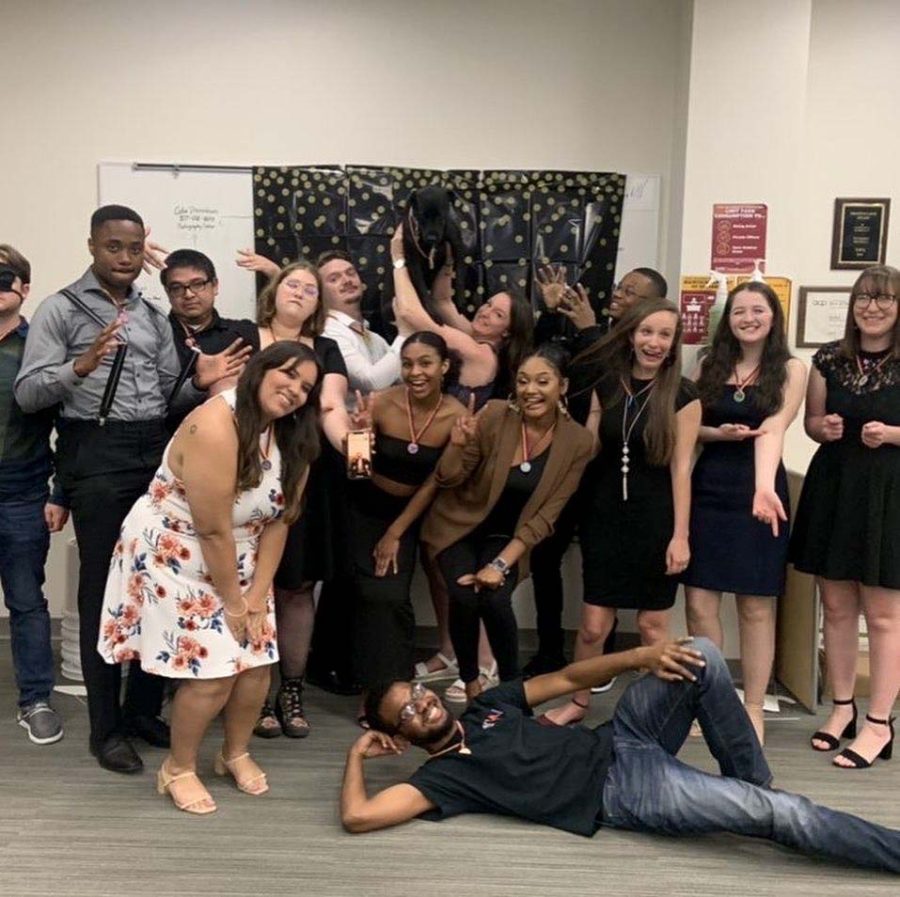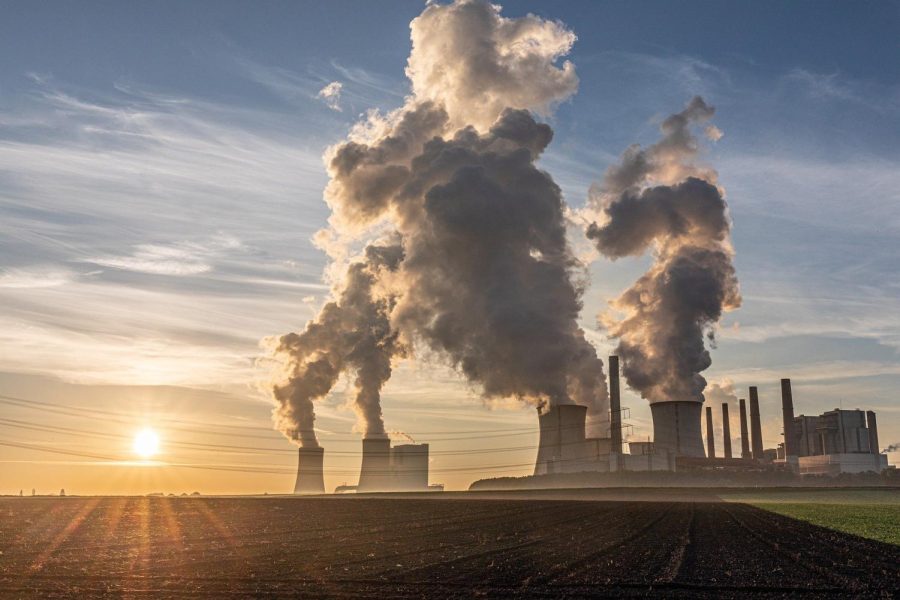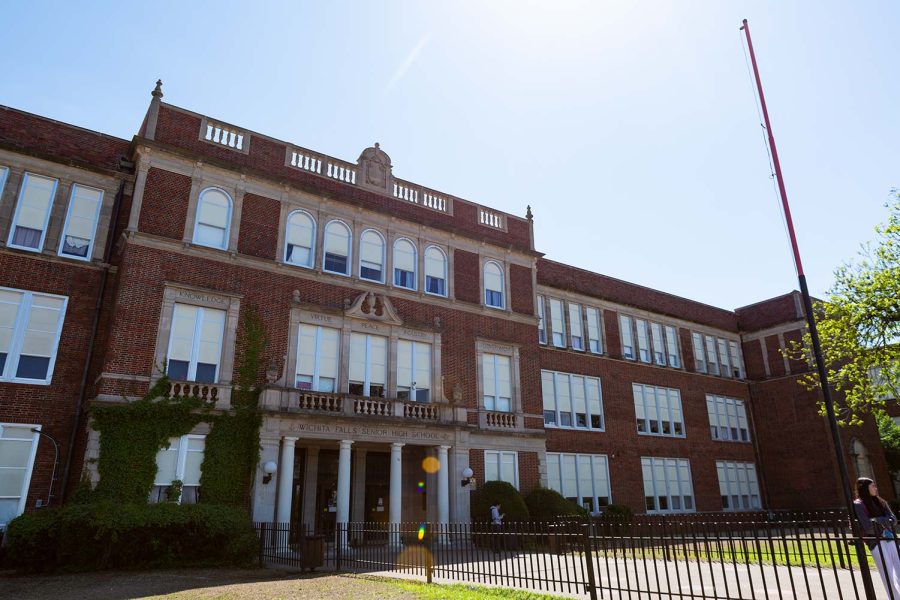
In 2014, our quaint town of Wichita Falls was just the second city in Texas to utilize Direct Potable Reuse – reintroducing waste water into our local water treatment facility. This action was taken in the hopes of providing an answer to a severe drought we were experiencing at that time.
The rumors in hallways and dorm-rooms that we were drinking “poo-water” were disheartening. However, further news from more educated sources on the matter (faculty) shared that waste-water was thoroughly run through a treatment facility, making it completely okay for reuse.
Having no choice due to the severe drought conditions, we took our professors for their word and drank the recycled “poo-water” and carried on with our studying – grumbles set aside. Surviving past the drought period and coming into a better state of awareness into my environmental science curriculum, I came to better appreciate the decision to recycle wastewater and how necessary it was in that harsh drought period.
Along with meeting other passionate environmental science majors in the Environmental Science Organization forced me to stop looking at the issue from the side of a complaining citizen and more from a problem-solver’s standpoint.
After long informative discussions with these other environmental science majors, we began trying to come up with new ways to answer the water shortage problem if we ever were to face it again.
Amongst the typical water conservation tips advised for citizens, we repeatedly found ourselves returning to the idea of adopting rain barrels in our roof-gutter systems to fully maximize rain water whenever our prayers for rain do happen to get answered. In theory, we believed this method a better alternative to having a majority of our precipitation lost to storm drainage systems.
By collecting water with rain barrels and slowly releasing the collected water through drip irrigators, storm water would ultimately be able to percolate into an aquifer as groundwater which we could later tap into for other purposes. We theorized that if the idea caught on and enough buildings adopted the gutter-barrel-drip system, a more efficient capture and utilization of rain water would be beneficial in solving the diminishing water table problem, while hopefully building a solid pillow to fall back on if we ever were to face drought conditions again.
More research on the idea to conserve water needs to be carried out to see if benefits from implementation would outweigh costs and if the community of Wichita Falls would be on board for such a project.
Having enough clean, available, drinking water in our local freshwater systems to keep everyone happy and hydrated now, and in the future, should be a collective concern.
Jalen Mavero is an environmental science senior.




